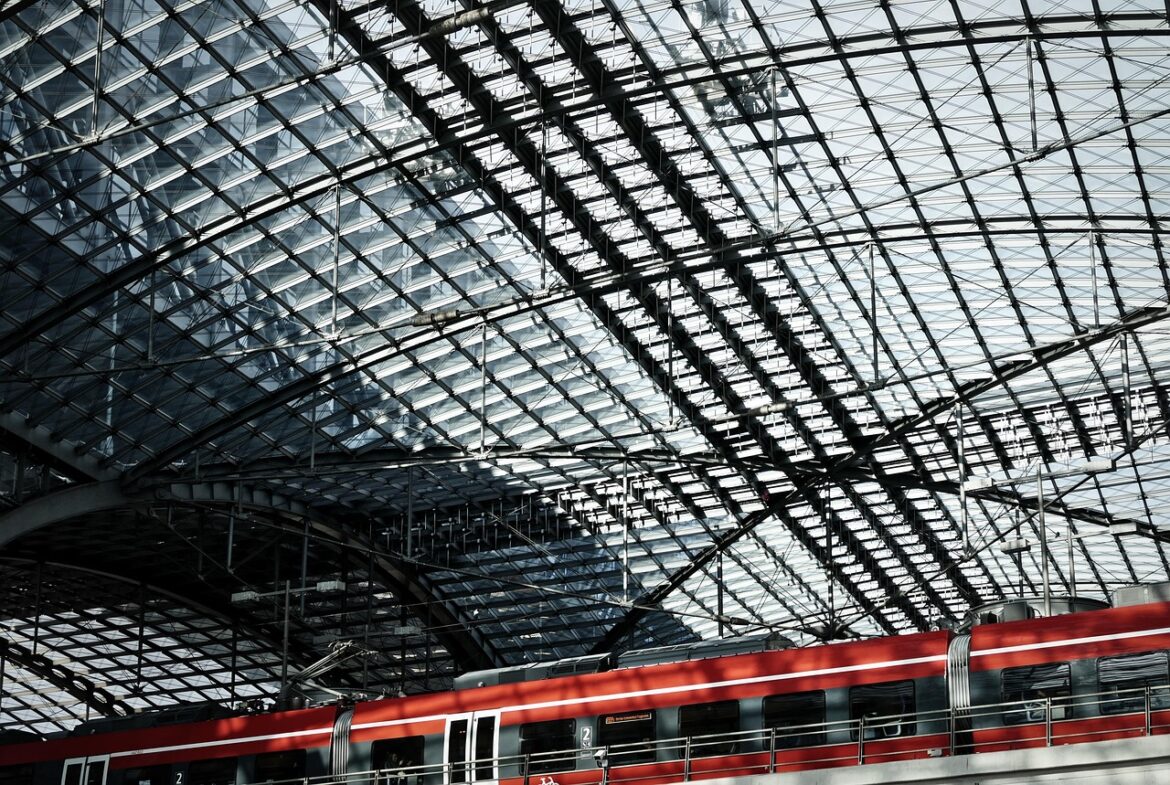The Rise of Hempcrete: Tomorrow’s Green Building Material
Imagine constructing homes from a material that’s not only renewable but actively fights climate change. That’s hempcrete, poised to be the top green building material for 2025. Made from hemp, this carbon-negative material offers superior insulation, durability, and healthier indoor air quality. Homeowners, especially in places like Sacramento, are catching on because hempcrete promises lower energy bills, a long lifespan, and a greener footprint—all while keeping style intact.
Why Sacramento? Its Mediterranean climate and local incentives make it a hotspot for eco-friendly homes, where buyers look for houses that save money and the planet. Those homes often command higher resale values and attract buyers committed to sustainability.
LEED Certification: The Gold Standard in Sustainable Real Estate
LEED, or Leadership in Energy and Environmental Design, celebrates its 25th year in 2025, marking a major milestone for sustainable building. It’s not just an award but a practical framework guiding construction, procurement, and operations toward energy saving, water efficiency, and waste reduction. LEED-certified buildings use about 25% less energy and 11% less water, helping owners cut operating costs while improving occupant health and productivity.
Compliance with LEED also means future-proofing properties against tightening climate regulations and meeting rising investor demands for transparent environmental, social, and governance (ESG) practices. The newest LEED version ramps up efforts on carbon reduction and climate resilience to meet the urgency of the global climate crisis.
Multifamily Housing and Sustainability: Beyond Energy Star
Multifamily buildings face a shift as the future of Energy Star certification hangs in the balance. Traditionally, Energy Star has stood as the benchmark for energy efficiency, helping buildings save $350 in energy costs for every $1 invested. But with proposed budget cuts, the industry is forced to rethink sustainability strategies beyond this familiar system.
Residents increasingly expect their homes’ appliances to show energy efficiency labels, making sustainability a key factor in rental decisions. Buildings embracing deeper sustainability measures attract and retain tenants better and can command higher rents and sales prices.
Tougher Green Certification Standards Boost Long-Term Value
Green certifications like LEED and BREEAM are raising the bar on what sustainable buildings should look like, especially focusing on long-term operational emissions. The latest standards emphasize decarbonization through careful material selection, enhanced energy systems, and better occupant health.
These rigorous certifications provide a pathway for landlords and tenants to collaborate on upgrades that reduce carbon footprints and operational expenses. Companies that occupy these spaces also protect their net-zero commitments by choosing buildings that meet these tougher standards.
Market Impacts: Sustainability as a Real Estate Value Driver
In an uncertain global economy, sustainability emerges as a clear winner in preserving and increasing real estate value. Green-certified buildings consistently achieve rental premiums of 7-12% and enjoy longer lease contracts.
Ultimately, the evolving real estate market is weaving sustainability deeply into every facet—from the materials used to the energy consumed and the tenant experience. For buyers, sellers, developers, and investors, embracing these green trends means investing in resilience, profitability, and health.
In Summary:
- Hempcrete is a breakthrough green material gaining traction for its carbon-negative benefits.
- LEED certification guides real estate towards efficiency, health, and regulation alignment.
- Multifamily housing must innovate beyond Energy Star to meet growing sustainability demands.
- New green building standards focus on reducing emissions and boosting building performance.
- Sustainability enhances market value, with eco-friendly buildings commanding premium prices.
The green revolution in real estate isn’t just an environmental necessity—it’s becoming a smart financial move wrapped in healthier living spaces and sharper market appeal.
References:
- https://www.domondonre.com/what-will-be-the-top-green-building-material-for-homes-in-2025
- https://mexicobusiness.news/infrastructure/news/sustainability-boosts-real-estate-value-amid-market-uncertainty
- https://www.gep.com/blog/strategy/leed-certification-sustainability-in-real-estate
- https://www.multifamilyexecutive.com/business-finance/commentary/a-new-path-forward-for-multifamily-sustainability
- https://greenlivingmag.com/events/the-future-of-sustainability-2025/
- https://www.jll.co.kr/en/trends-and-insights/cities/green-certifications-up-the-ante-on-long-term-building-performance
- https://enterprise.news/egypt/en/industry/industry-list/5/industries/98/real-estate
- https://www.homes247.in/blogs/real-estate-trends-and-smart-homes-2059



